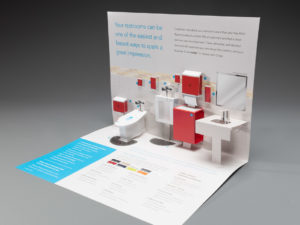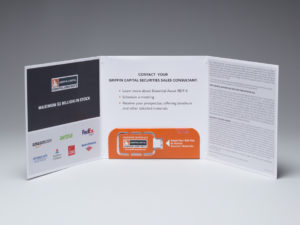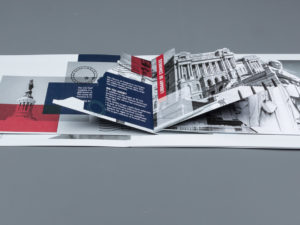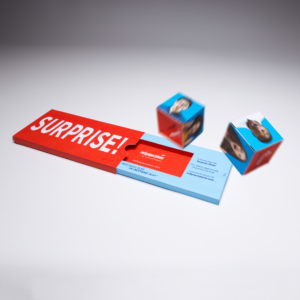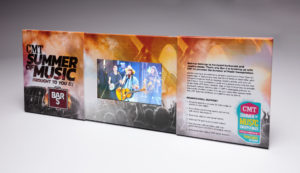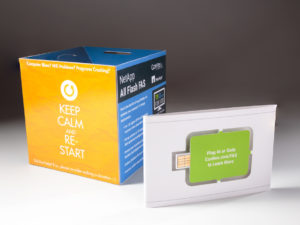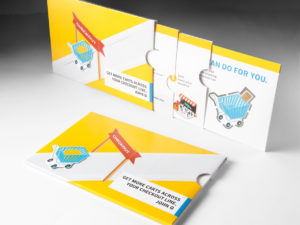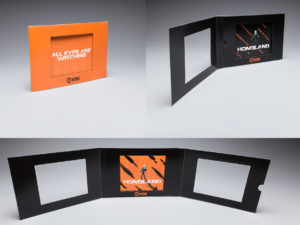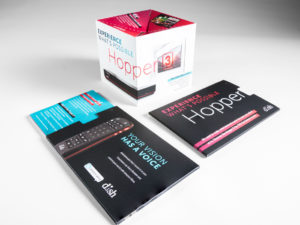As newer technologies like Artificial Intelligence (AI), Virtual Reality (VR), chatbots and voice recognition software increasingly enter our everyday, today’s hyper-connected marketing landscape begs one important question: is there still a place for direct mail?
In a word, yes.
Direct mail has come a long way since the catalogs and postcards of yore. Today’s direct mail, as seen by Structural Graphics’ customer spotlights, can be dimensional, incorporate technology and video alongside print, and successfully engage your target audience.
However, it’s important to remember that direct mail should be one part of a larger, integrated overall marketing strategy, as consumers prove again and again that they interact with a variety of media formats when it’s most convenient for them. Even in this digital-first age, it’s important to take a holistic approach when it comes to developing marketing campaigns and root them in success metrics.
Here are three reasons to keep print top-of-mind:
It drives ROI. Although many may think direct mail is a tool of the past, consumers are actually often reading, and more importantly reacting, to the mail sent to them more than they are email. According to a recent response rate report by the Direct Marketing Association (DMA), direct mail achieves a 5.1 percent response rate compared to 0.6 percent for email, 0.6 percent for paid search, 0.2 percent for online display and 0.4 percent for social media.
It goes straight to the source. Sending marketing materials straight to a consumer’s mailbox is perhaps the most direct path to communicate a brand’s message. Although digital platforms like paid ads and social media provide marketers with a unique opportunity to reach their target audience at any time, print remains a critical means to reach them at home and tailor each piece accordingly. In fact, tech-savvy consumers aged 18-21 years old had a direct mail response rate of 12.4 percent, according to the Association of National Advertisers (ANA).
It integrates seamlessly with digital. Research shows that printed collateral continues to be a compelling and successful way to capture the attention of your target audience. However, when coupled with video, it has the capability to not only gain consumers’ attention, but also to hold it. Consider this: 76% of companies who have used videos in the past year report a direct business impact (AdWeek) and 90% of customers report that product videos help them make purchasing decisions (HubSpot).
Video in Print brochures offer an effective option when it comes to getting your company noticed. One of the biggest advantages of combining these two mediums is the ability to enhance your brand messaging. Video is highly visual and auditory, which means it’s easier for many people to remember than text-based content. When consumers remember your video content, they, in turn, remember your brand. This can translate into better brand loyalty as well as more sales and leads.

